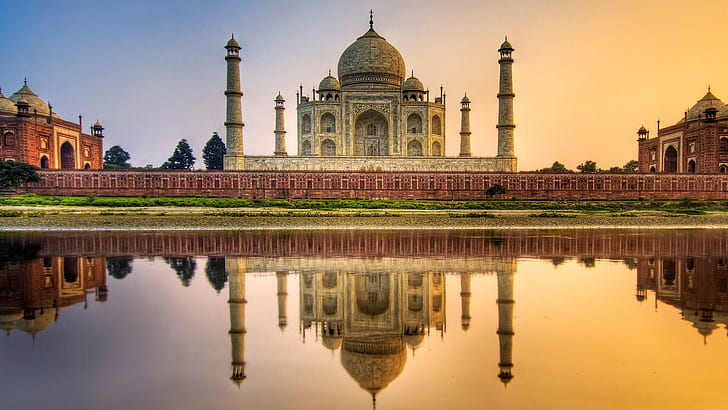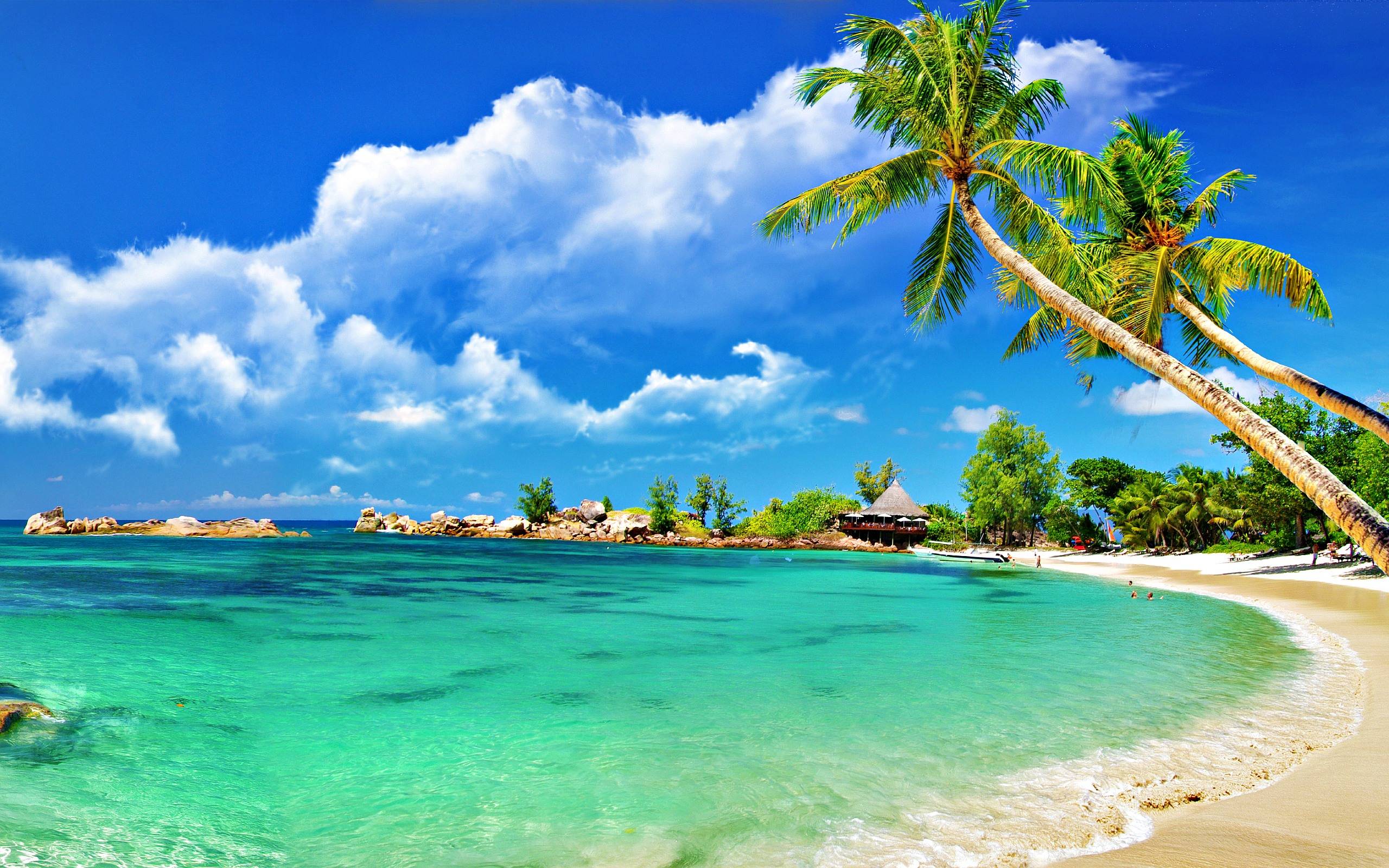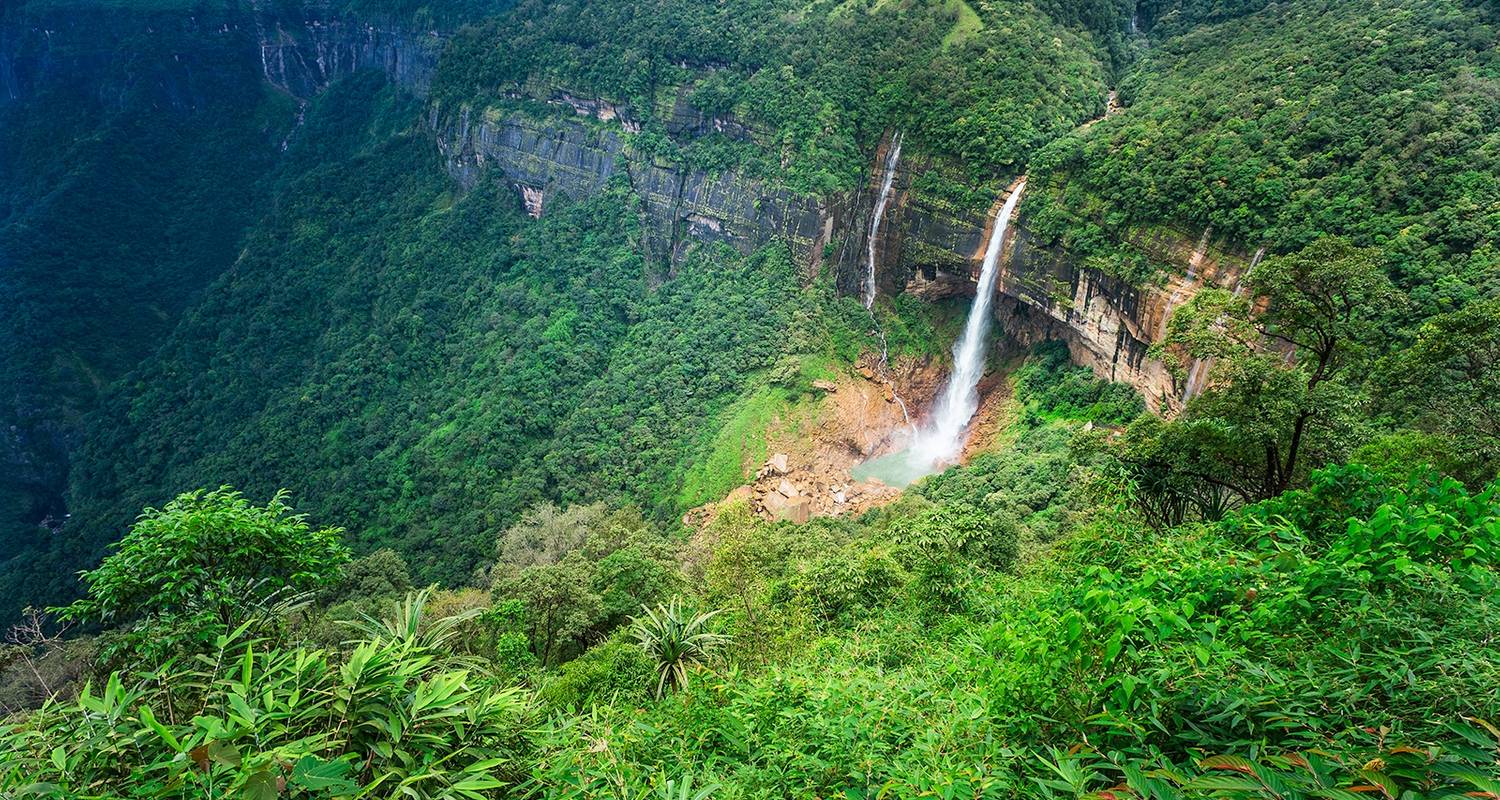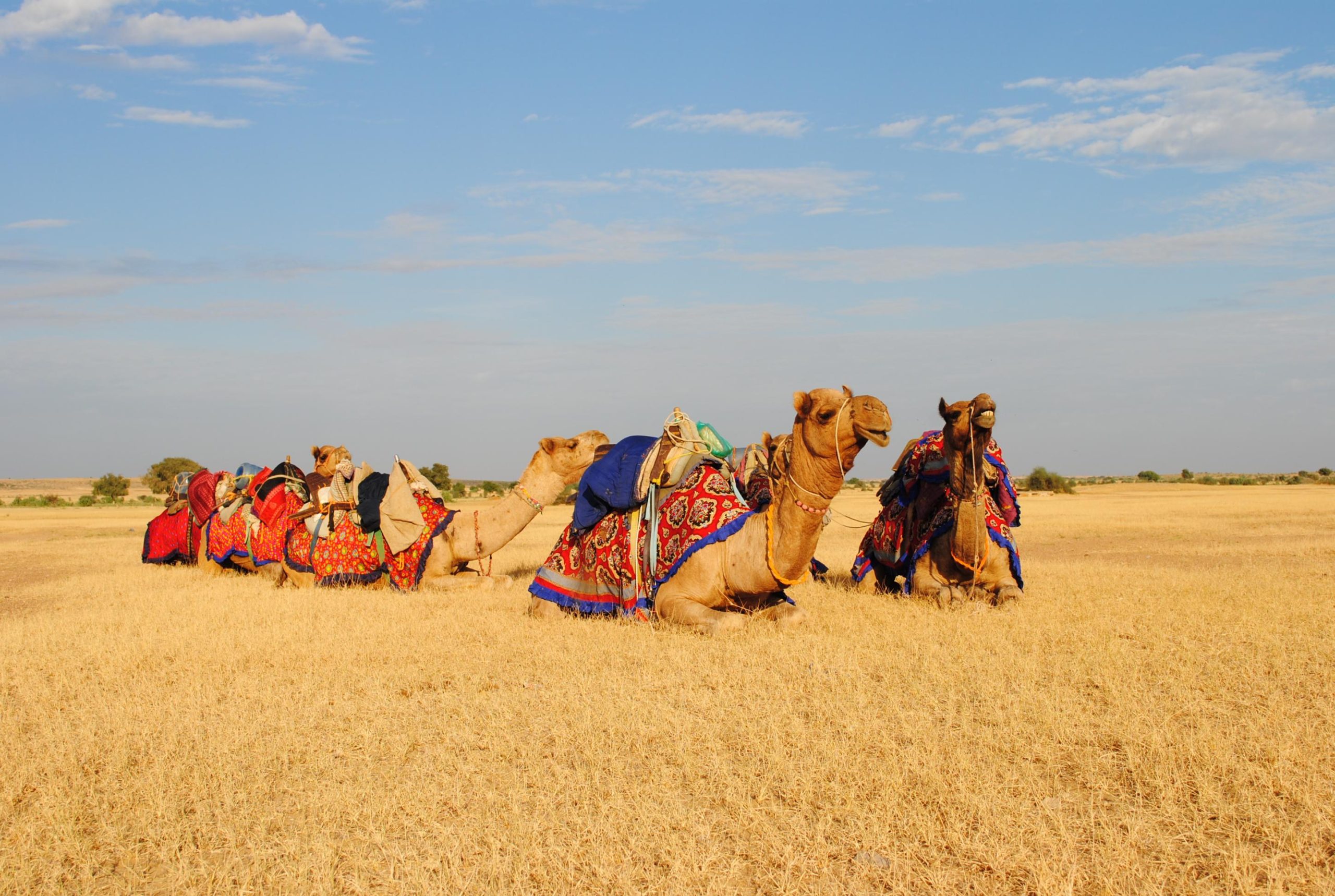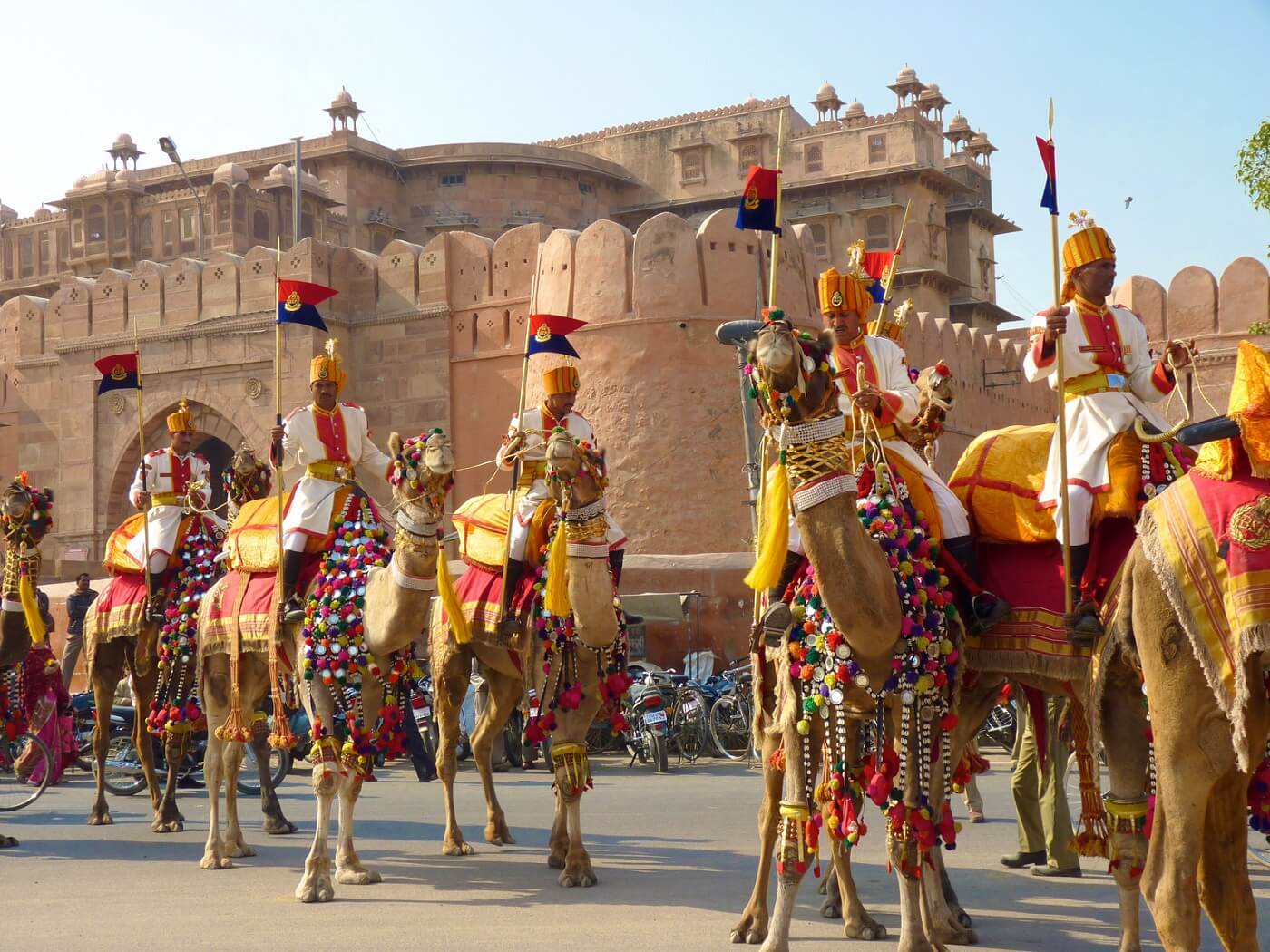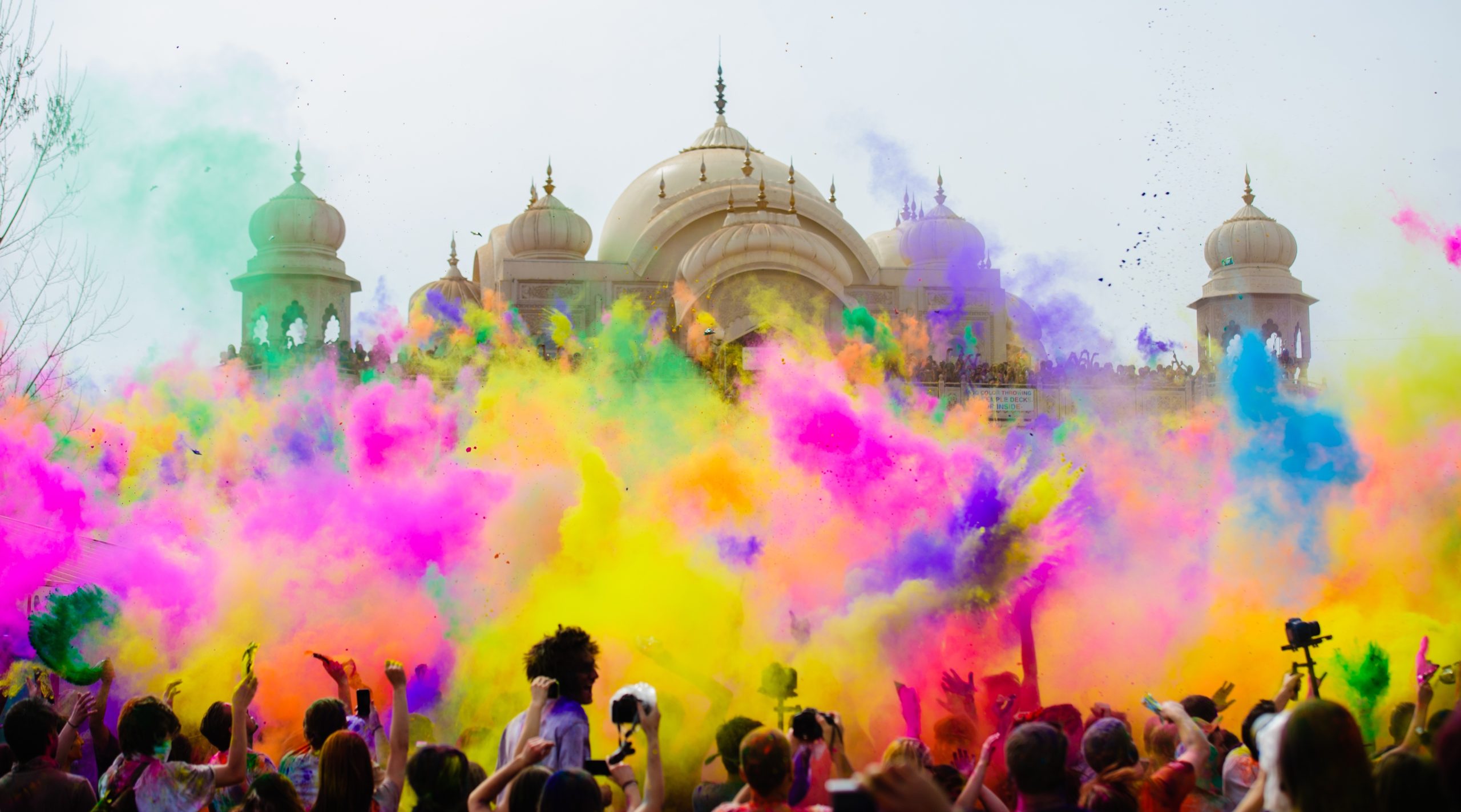- Home
- /
- India Tours
- /
- Kolkata-Assam & Meghalaya trip
- Move to Shillong.
- Visit Umiam lake
- Visit Don Bosco Centre for Indigenous Cultures
- Dinner at hotel (Included)
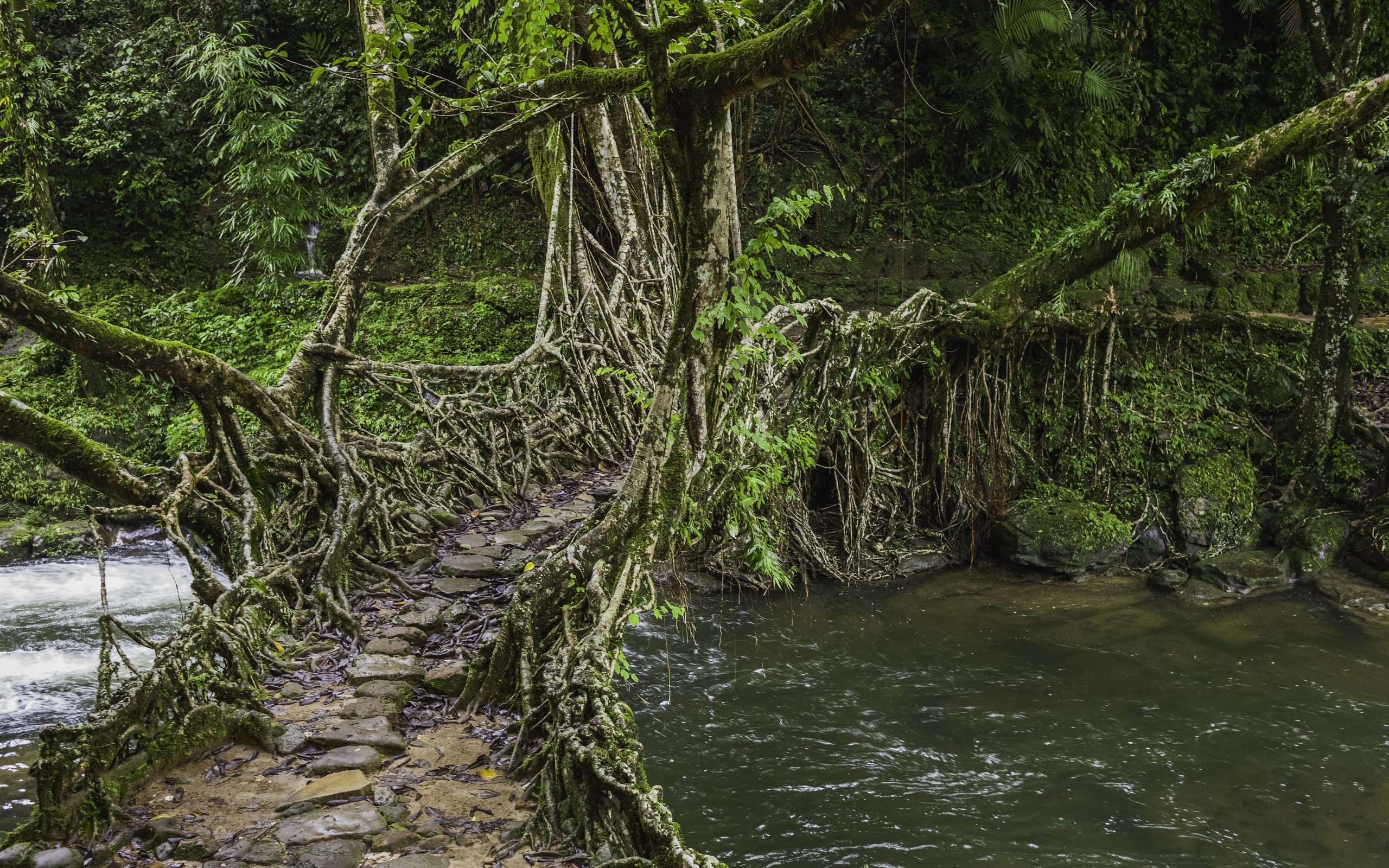
Shillong , Meghalaya
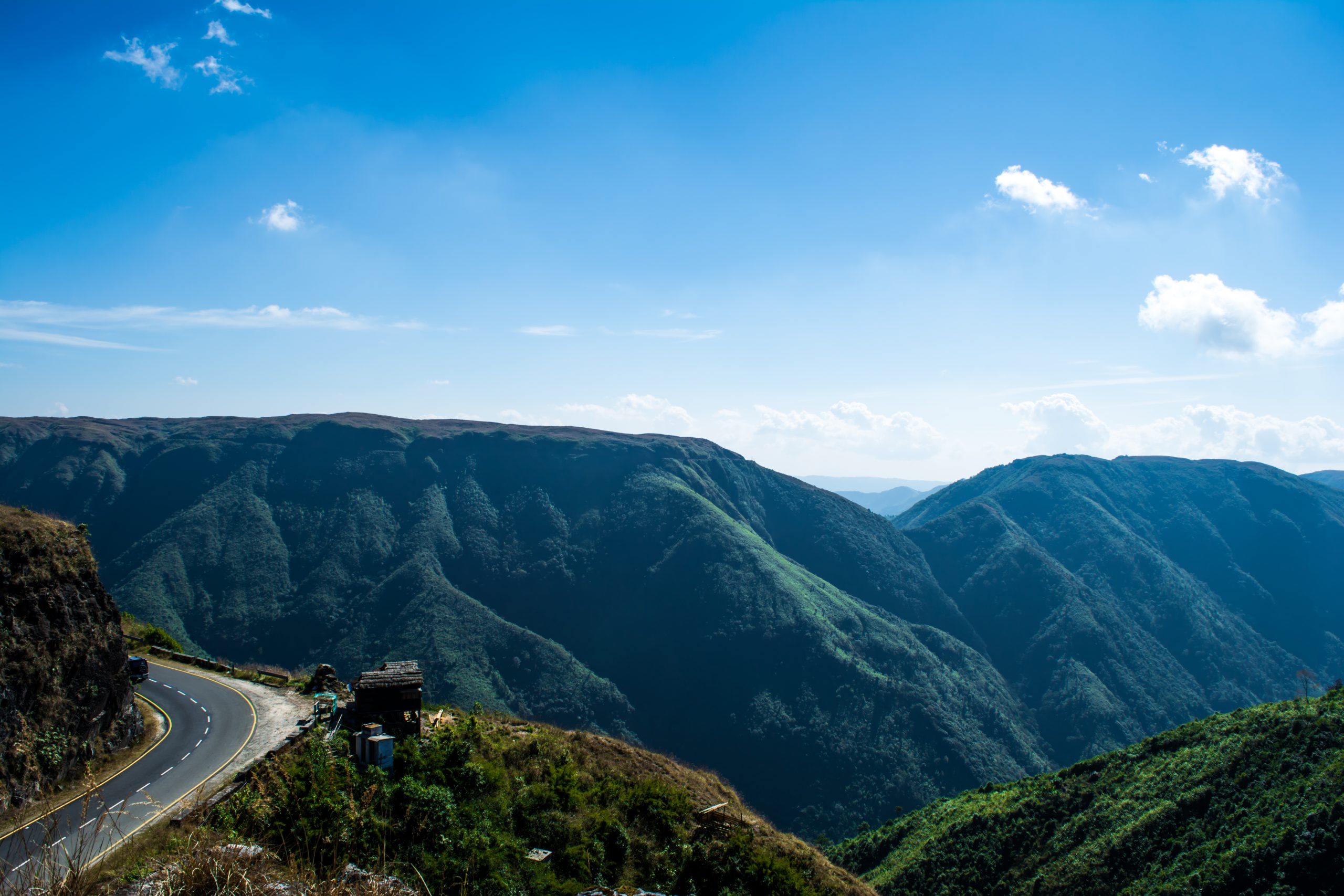
Cherrapunjee , Meghalaya
- Early Breakfast
- Hike to Double Decker Living Root Bridge.
- Lunch Break (Not included/ You may buy some snacks from en-route stalls, or have lunch at hotel after reaching back, on direct payment basis)
- Visit Arwah Lumshynna cave, Nohkalikai Falls, Dainthlen Falls and Nohsngithiang Falls.
- Dinner at hotel (Included)
- Breakfast
- Move to Kaziranga
- Lunch break en-route (Not included/ You may have lunch on direct payment basis)
- Dinner at resort (Included)
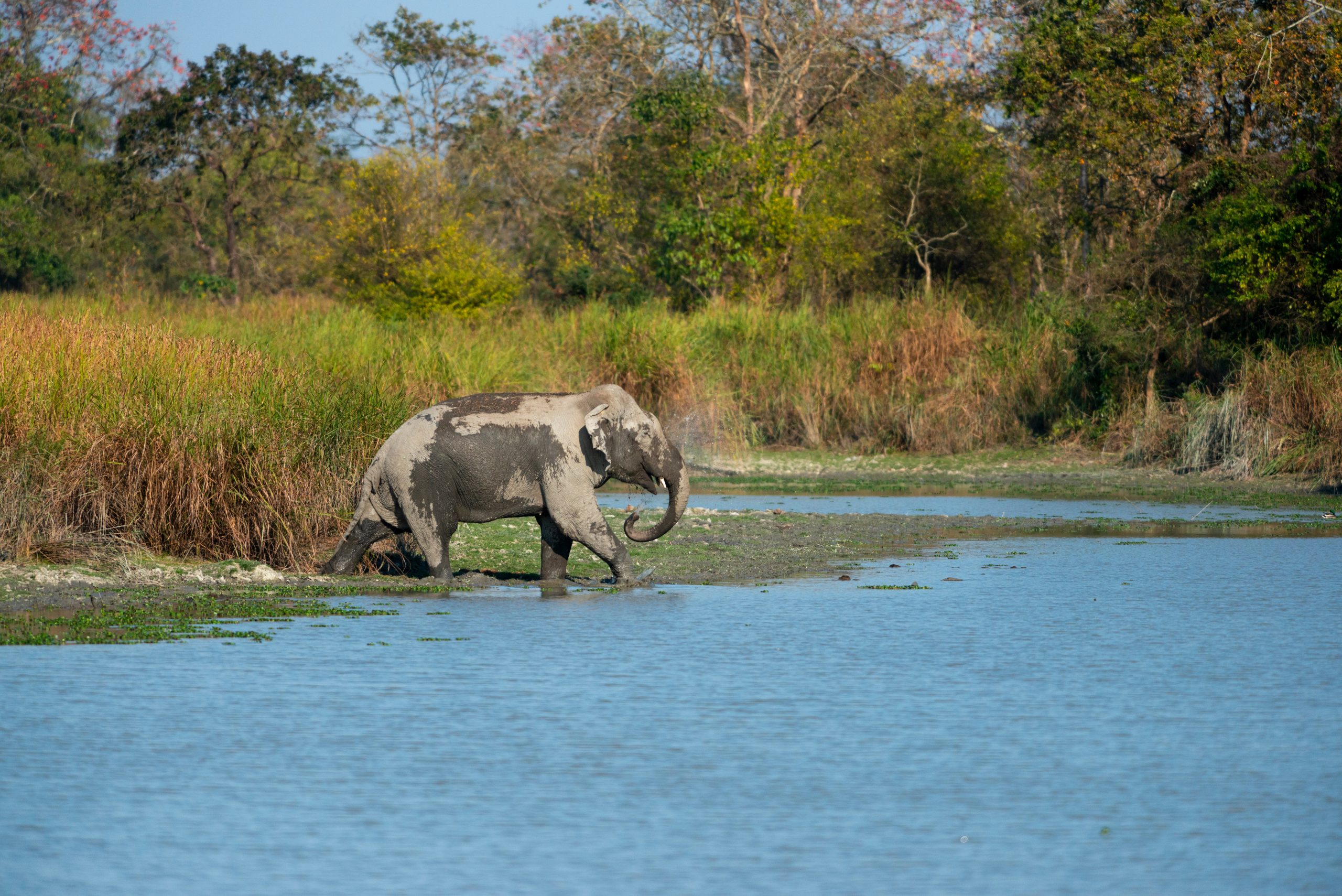
Kaziranga National Park, Assam
- Morning Safari to Kaziranga NP
- Breakfast
- Lunch (Not included/ You may have lunch on direct payment basis)
- Afternoon Safari to Kaziranga NP
- Evening visit Kaziranga Orchid Park cum Biodiversity Conservation Centre
- Enjoy a cultural evening (subject to same been operational on the day of visit)
- Dinner at hotel (Included)
JEEP SAFARI
Forenoon: Entry time between 0730 to 1000 Hours. No entry after 1000 Hrs
Afternoon: Entry time between 1330 to 1500 Hours. No entry after 1500 Hrs
1. Mihimukh in Central Range at Kohora
2. Bagori in Western Range at Bagori
3. Agaratoli in Eastern Range at Agaratoli
4. Ghorakati in Burapahar Range at Ghorakhati
- Breakfast
- Move to Dibrugarh
- Visit Ahom monuments and temples at Sivasagar
- Lunch break en-route (Not included/ You may have lunch on direct payment basis)
- Visit Shiva Dol and Shiva Sagar (tank)
- Visit Rang Ghar and Talatar Ghar.
- Evening enjoy a dance performance by an ethnic dance group on the bungalow lawns.
- Dinner at hotel (Included)
- Breakfast
- Excursion to to Naharkatiya
- Visit Namphake Village, inhabited by the Tai Phakial people.
- Visit the Buddhist Monastery at the village and also interact with the local people.
- Know more about rich tradition and culture of Tai Phakial people.
- Later drive to Tinsukia
- Boat ride at Maguri Beel on a country boat to see some birdlife.
- Lunch Break (Not included/ You may have lunch on direct payment basis)
- Drive back to Dibrugarh
- Dinner at hotel (Included)
- Breakfast
- Tea tour at Ethelwold Tea Estate
- Walk in tea plantation
- Tea tasting session
FEATURED
Itineraries
Golden Triangle Tour
This tour of 7 days takes you to three famous destinations which are not only rich in culture but also in history
Karnataka & Goa
Covering Karnataka & Goa famous destinations which are not only rich in culture but also in history.
Kolkata-Assam & Meghalaya Trip
This tour of 12 days takes you to famous destinations which are not only rich in culture but also in history.
Rajasthan Tour With Taj Mahal
This tour of 15 days takes you to four famous destinations which are not only rich in culture but also in history.
The Grandeur Of Rajasthan
This tour of 15 days takes you to four famous destinations which are not only rich in culture but also in history.
Clasic India
Orchha-Khajuraho and Varanasi famous destinations which are not only rich in culture but also in history.
Kerala Tour
Visit the lush green tea gardens or wildlife sanctuaries and rediscover the true wonder built by nature in India.


